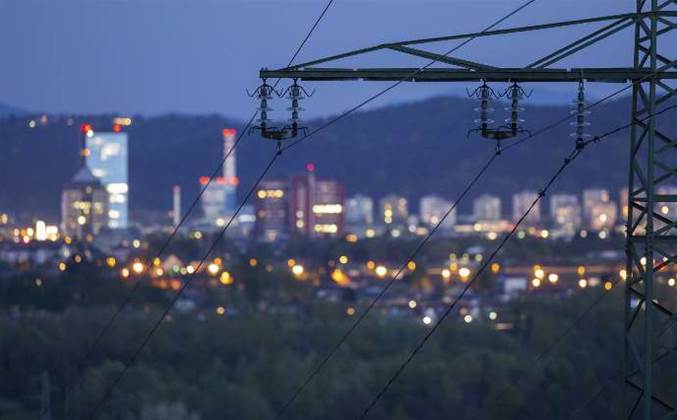Engineering services firm UGL has built a digital work order management system, initially to help field service teams working on an electricity maintenance contract in Western Australia.

Quality and systems manager Dean Engelbrecht told the SAP NOW AI summit in Melbourne that the contract involved “five-to-10 crews”, each comprising multiple vehicles, travelling across the state to maintain and replace power poles.
“We needed a system to manage that [end-to-end],” he said.
The system, which has SAP field service management (FSM) at its core, covers the time from when work orders are created in SAP ECC, to planning a job such as reserving materials required, to the dispatch of the crews, with everything centrally reported.
“In the back office, there’s a dispatch board where we drag … all of the [work] orders and release them to the crews so they know what they’re doing. The crews then go out to do the work,” Engelbrecht said.
“With real-time tracking in the back office, we can see on a dashboard: have they accepted [a job]? Are they travelling? Are they working?”
Digital smart forms are used in the field to collect data, which is then transmitted to a central SharePoint, in part as proof that the work was performed.
“Data sheet submission is really good,” Engelbrecht said.
“The data sheets are proof to the client that we’ve actually done the work.
“Usually, the way this is done is in paper format, and [we] have four administrators just processing all this stuff so [we] can get paid.
“Now, these [data sheets] are coming through with one-to-two administrators doing it, and our compliance rate on [the] data sheets is way up.”
The process concludes with finalisation of the job, which leads to the client being invoiced.
Engelbrecht said that UGL also offered its clients transparent access to reporting through the system.
“We built a lot of advanced reporting and analytics as a Power BI, connecting to the backend of ECC, which we had to build from scratch from the bottom up,” he said.
“The impact that has been made for us has just been tremendous.
“The client’s giving us a lot of good feedback. We’ve given them read-only visibility to our dashboard, so they’re looking for transparency from their contractors, and what better way than to give them full access to the system?”
The company is now investing time and effort into building automation into the system, which could help with the scheduling of certain types of work.
For example, Engelbrecht said, “knowing that a job’s near a school [means we can] do it outside of school pickup and dropoff times”.
“I’m really looking forward to working with SAP [and] getting that in place,” he said.
Engelbrecht said that digital work order management was powerful not only in the utility space but also in other markets that the company worked in, such as construction.
“There is massive scope [for usage],” he said.
“Planning for crews and where they’re going on what day is really important.
“If we can’t get to that job or we have to kill that job - we can’t do it - it just kills our productivity. We’re [also] not getting paid. We’re just bleeding money.”
Engelbrecht suggested future enhancements could come from using generative AI through the running of SAP Joule.
However, this would depend on UGL making the move from ECC to S/4HANA as its ERP core.
Engelbrecht suggested the core upgrade is on the roadmap but has yet to be implemented.
The company is also exploring ways to improve the planning of work with a map-based view.
“We’re working with one of SAP’s partners to develop a planning capability from a map, so we can group stuff, assign it and release it from a map view,” Engelbrecht said.
“That’s going to help our planners move 10 times faster.”
Outside of SAP, Engelbrecht also revealed some other aspects of asset maintenance that are becoming more technology-enabled at UGL.
With respect to power poles, he said a lot of data collection about a pole asset, such as its condition, what it is made of, and what runs off it, is performed through “archaic” means - “people going out, looking at it, filling in forms and [returning] to the back office.”
UGL is testing automatic capture of this information using camera systems.
“We’re experimenting right now with vehicle-mounted cameras,” he said.
“We have a ute driving around with a vehicle-mounted camera that is taking photos of this stuff, categorising what’s on the pole and finding defects.
“If we find defects, we can make sure we fix them for our clients, and we avoid an outage that may have disrupted businesses or consumers by their power going off.”



.png&h=140&w=231&c=1&s=0)


 iTnews Executive Retreat - Security Leaders Edition
iTnews Executive Retreat - Security Leaders Edition












_(1).jpg&h=140&w=231&c=1&s=0)



